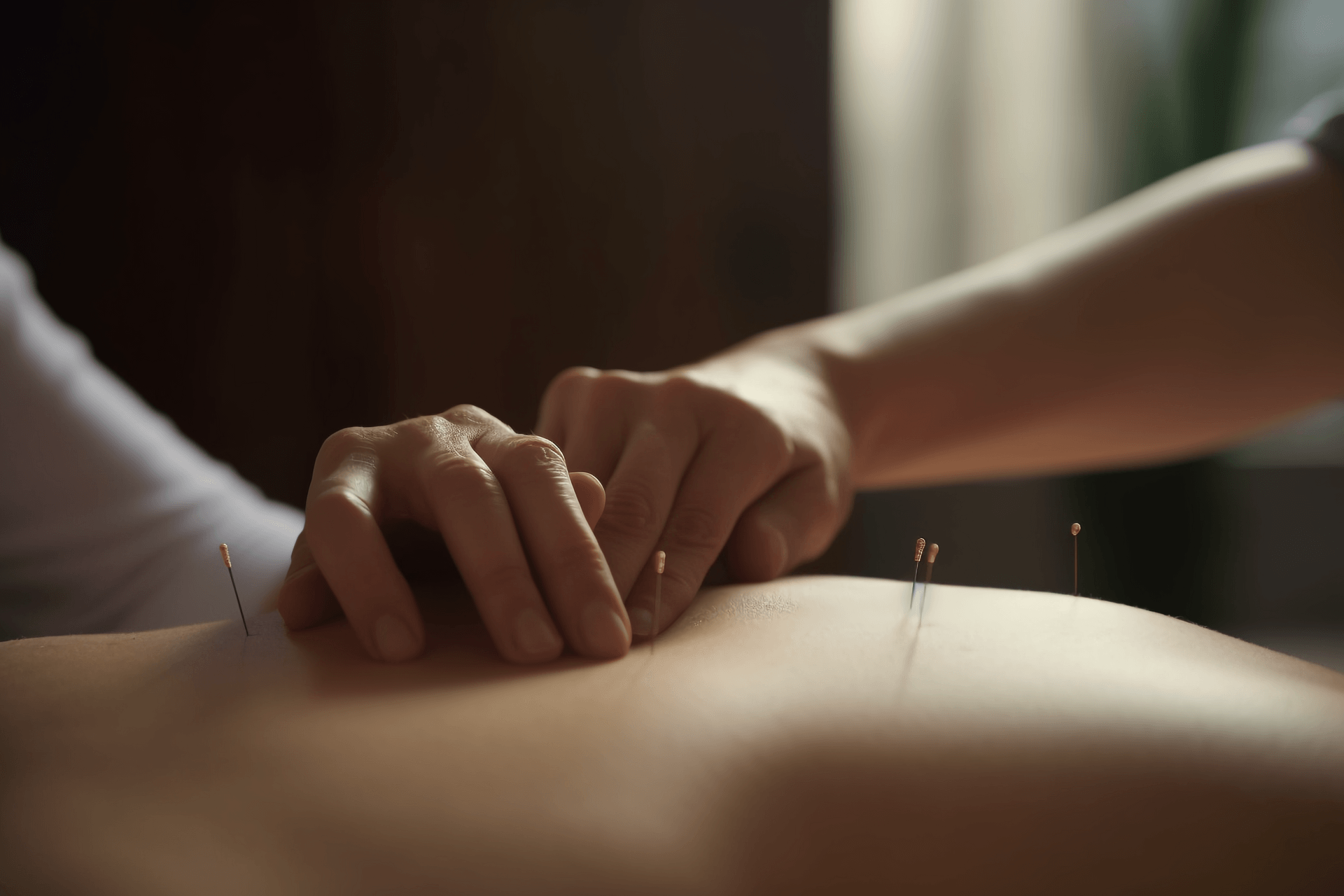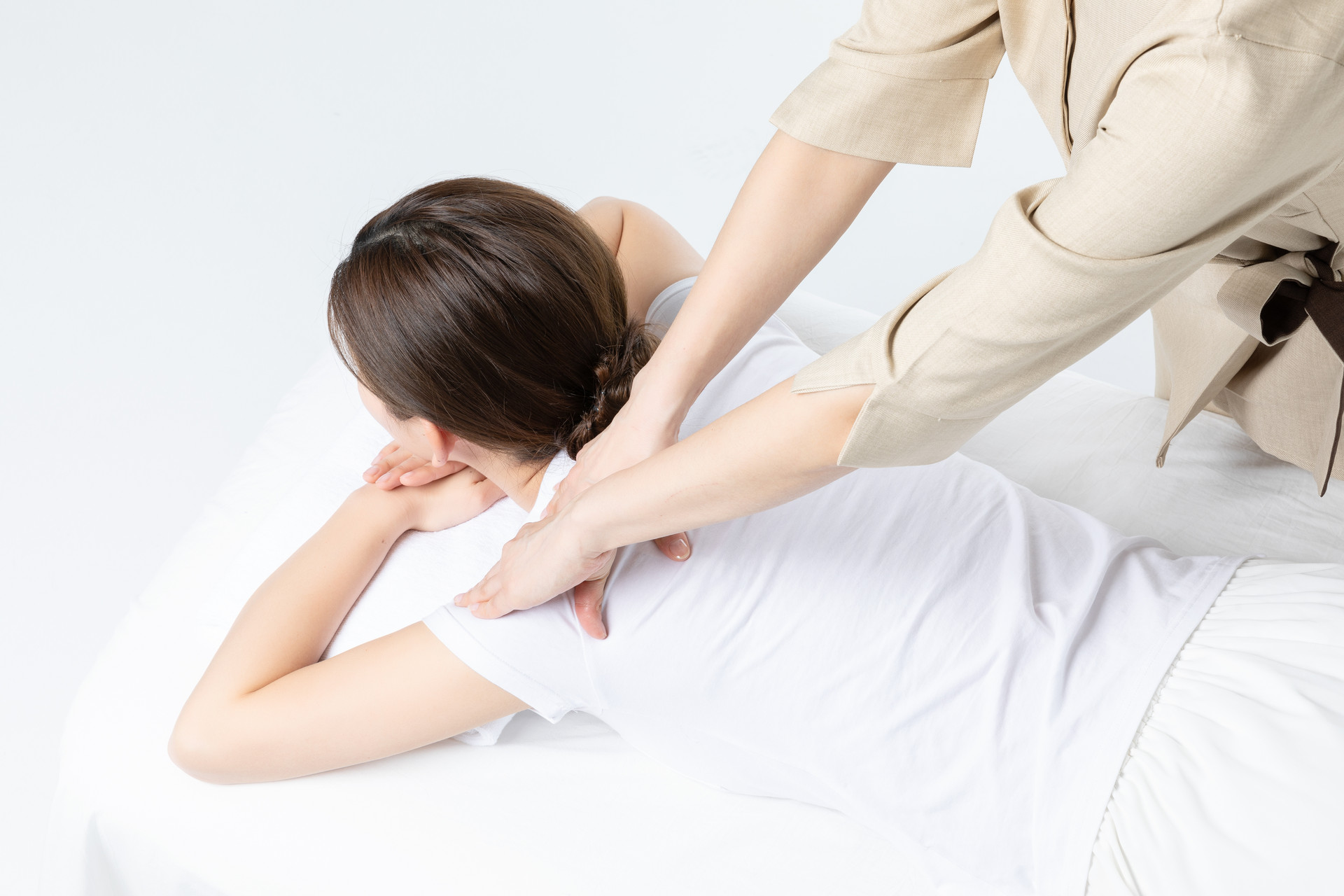Running, stair climbing, and other exercises have many benefits, but the biggest downside is knee injuries. Many people believe that wearing knee braces before exercising can protect their knees. So, are knee braces effective?
Classification of Knee Braces
1. Prophylactic Knee Braces: Used in intense contact sports to protect athletes' knees from injuries.
2. Functional Knee Braces: Used for already injured knee joints to provide support.
3. Rehabilitative Knee Braces: Worn during the recovery process after injury or surgery to immobilize the knee joint.
4. Unloading Knee Braces: Mainly used to alleviate discomfort in patients with arthritis.
Are Knee Braces Effective?
Knee braces do have a certain effect.
Under normal circumstances, the knee joint is stabilized during movement by surrounding muscles and ligaments. When the range of motion is too large or cannot be maintained within a normal range, it can cause damage to key areas such as muscles, ligaments, and joints.
The function of knee braces is similar to an external layer of "muscle and ligament" that protects the knee joint, providing support and limiting joint movement to prevent injury.
Is it Good to Wear Knee Braces Daily?
If you are not injured, it is not recommended to wear knee braces daily.
Some people are afraid of knee injuries and wear knee braces daily as a precaution. However, this is not recommended. Prolonged daily use of knee braces can actually weaken muscle strength and control, making it more prone to injury. Therefore, for generally healthy individuals without injuries, it is not recommended to wear knee braces daily.
When Should Knee Braces be Worn?
Wearing knee braces is a last resort after sports injuries occur. For example, athletes with injuries must participate in competitions, or cases where joint instability persists after injury rehabilitation. Injured individuals should also choose knee braces based on their specific injuries.
Recommendations for Using Knee Braces
Strap Braces
Recommended for individuals with patellar tendinitis, patellar softening, patellofemoral pain syndrome, or iliotibial band syndrome.
These straps (also known as compression bands) usually have two types of bindings:
One is placed below the kneecap at the patellar tendon, mainly used to help disperse the force on the patellar tendon.
The other is fixed above the kneecap, relieving tension in the iliotibial band and reducing friction on the lateral condyle of the femur during movement.
The pressure produced by the straps provides feedback to the brain, strengthening proprioception of the knee joint and enhancing neuromuscular control.
Knee Sleeves
Mainly used for mild swelling, such as mild arthritis or minor sprains.
Knee sleeves are closed and completely cover the knee joint, usually made of compressive material. They can promote knee joint swelling reduction and blood circulation, and also enhance proprioception.
Patella Braces
Most suitable for runners with patellar softening and patellar instability.
Patella braces have openings. This design allows for better fixation of the patella, promoting normal tracking and avoiding irritation caused by abnormal displacement, while to some extent reducing pressure on the patella from the knee brace.












